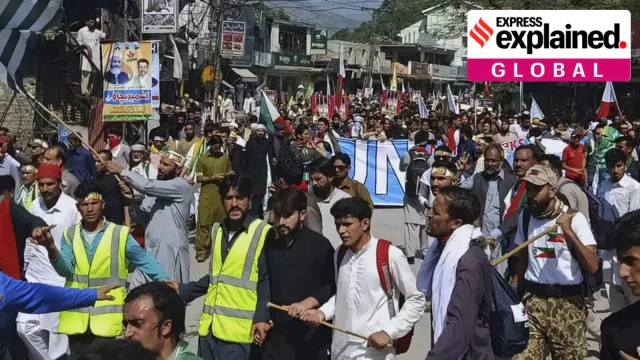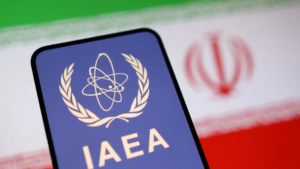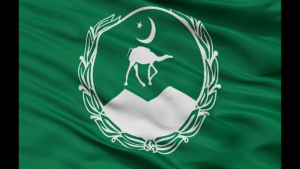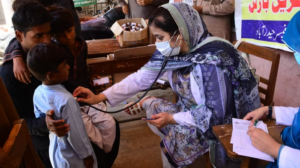
The violence erupted after about 70 members of the Joint Awami Action Committee, an organisation led by traders in the region, were arrested during a strike to protest the rising costs of food, fuel, and utilities. Pakistan’s economic crisis and high inflation have resulted in hardships for its people, and a section of traders have been additionally hit by the stopping of trade with India.
The protests in PoK
The traders took to the streets on Friday to protest against high electricity and food prices. There were similar protests against high electricity bills in August 2023 as well.
A general strike halted Muzaffarabad, the capital and largest city of PoK, as public transport, shops, markets, and businesses shut down. As large numbers of protesters broke barricades and clashed with police in the Mirpur and Muzaffarabad divisions. On Sunday, the paramilitary Rangers were called in to secure government buildings such as the legislative assembly and the courts.
Pakistan’s economy has been witnessing extremely high inflation and dismal economic growth for more than two years due to rising energy costs. Consumer inflation has been above 20% since May 2022, and touched 38% in May 2023, the Dawn newspaper reported.
Festive offer
Alleged discrimination
Leaders in PoK have been protesting alleged discrimination by the government in Islamabad in the distribution of power to the area. Dawn reported on complaints by the region’s premier Chaudhry Anwarul Haq about not receiving their fair share of the 2,600MW of hydropower produced by the Neelum-Jhelum project.
Haq has also said that his request for resources to increase salaries of government employees in the recent budget was not accepted, and that he had been forced to divert development funds to pay them.
Collapse of India trade
Traders in PoK were hit hard after India raised customs duty to 200% on Pakistani products such as dry dates, rock salt, cement, and gypsum following the Pulwama terror attack of February 2019. As a result, Pakistan’s exports to India fell from an average of $45 million per month in 2018 to only $2.5 million per month between March and July 2019, Dawn reported.
Also Read | Explained: PoK and Gilgit Baltistan, parts of J&K under Pak occupation
The situation was made more difficult after Pakistan stopped all trade following the constitutional changes carried out by India in Jammu and Kashmir in August 2019. India-Pakistan trade has shrunk to a low of about $2 billion annually over the last five years, a small fraction of the $37 billion trade potential estimated by the World Bank.
Pakistan’s economic crisis
Pakistan’s foreign exchange reserves have fallen drastically ever since global food and fuel prices rose in the aftermath of the Russia-Ukraine war. A similar balance of payments crisis crippled Sri Lanka as well in 2022-23, leading India to extend support measures.
According to the State Bank of Pakistan, the country’s forex reserves fell from a peak of $20.1 billion in August 2021 to $2.9 billion in February 2023, enough to cover only a month’s imports. Pakistan imports nearly 40% of its total primary energy supply.
Pakistan’s largely aid-dependent economy has an underdeveloped private sector, and its stock market has shown very little growth over the years. The country’s Gross Domestic Product (GDP) shrank by 0.17% during FY23. The International Monetary Fund (IMF) recently said Pakistan needed gross financing worth $123 billion over the next five years, and that the country was expected to seek $21 billion in the fiscal year 2024-25 and $23 billion in 2025-26.






